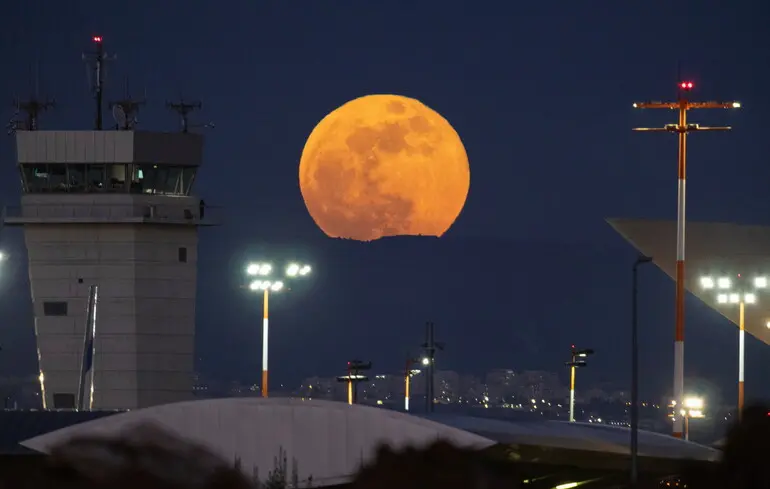Harvest Month: The First Supermoon of 2025 Approaches Amid Falling Stars

September and October of this year promise a spectacular astronomical display for skywatchers around the globe.
Next week, the first supermoon of 2025 will light up the night sky, dubbed the ‘harvest moon’ as it traditionally marks the end of the harvest season, a time celebrated for centuries.
This celestial spectacle is eagerly awaited by millions of stargazing enthusiasts worldwide.
Historically, the ‘harvest moon’ refers to the first full moon closest to the autumnal equinox, which fell on September 22 this year, symbolizing the transition from summer to fall.
During this period, moonlight has historically helped farmers complete their harvest before the deep of night, giving the moon its name.
The full moon is officially scheduled to occur at 07:47 Kyiv time on Wednesday, October 7.
At that moment, the Moon will appear the largest and brightest, making it the optimal viewing time during twilight.
Additionally, on Sunday, October 5, observers can catch a nearly full Moon over Saturn on the eastern horizon—this is when the Moon will be at its closest approach to Earth, known as perigee, just 1.3 days after the full moon, enhancing its brightness and size in the night sky.
The Moon’s distance will be approximately 361,457 kilometers—about 10% closer than usual.
This month’s supermoon, combined with the peak of the Draconid meteor shower, which can produce up to 10 meteors per hour, promises a mesmerizing spectacle.
However, the bright full Moon may hinder meteor observation.
Furthermore, scientists predict that by late October, two bright comets will traverse the sky simultaneously with the meteor peak, both visible to unaided eyes.
This combination will offer sky enthusiasts an unforgettable celestial show, lasting long in memory.

